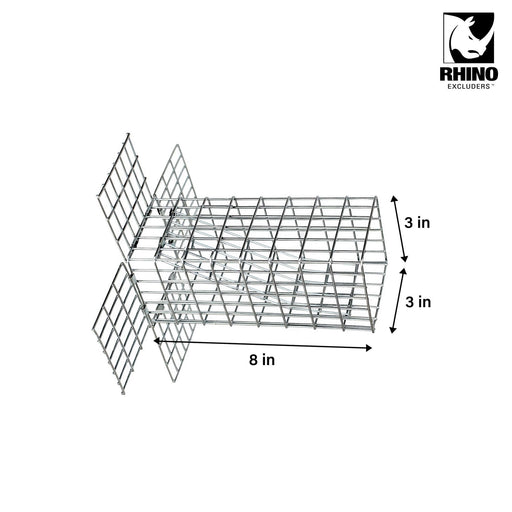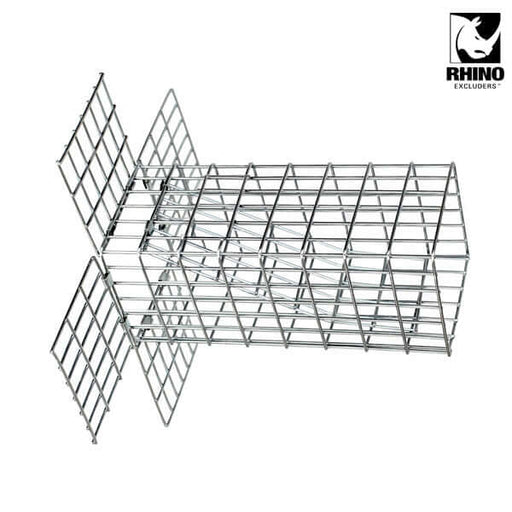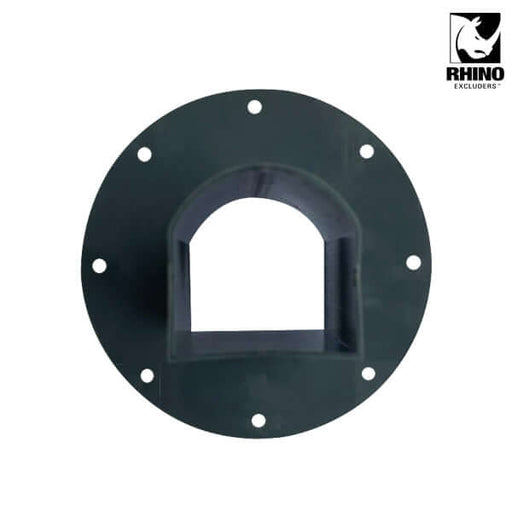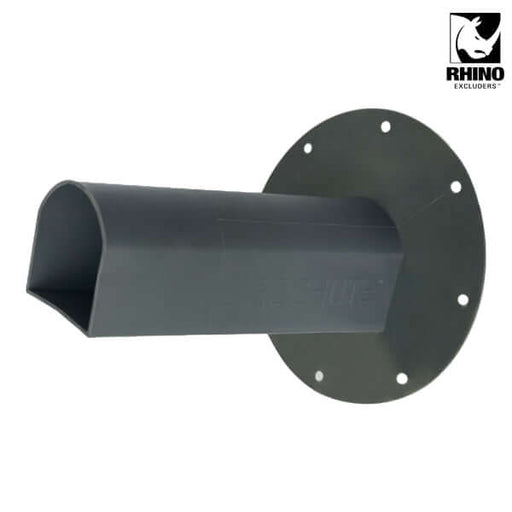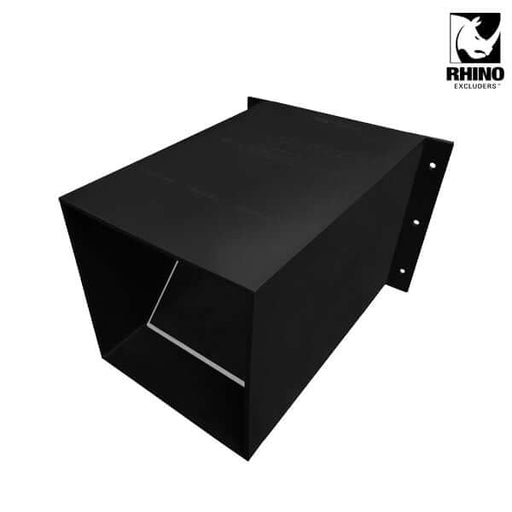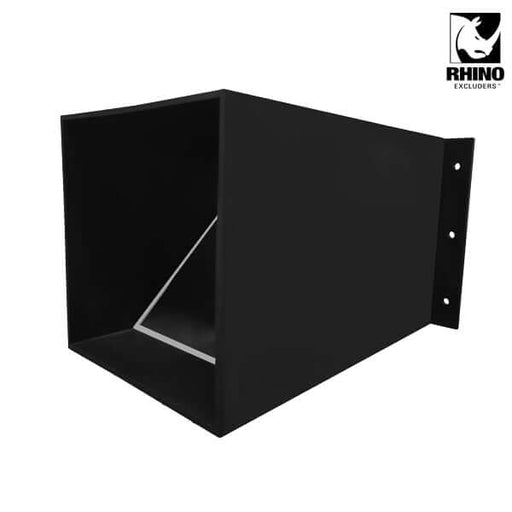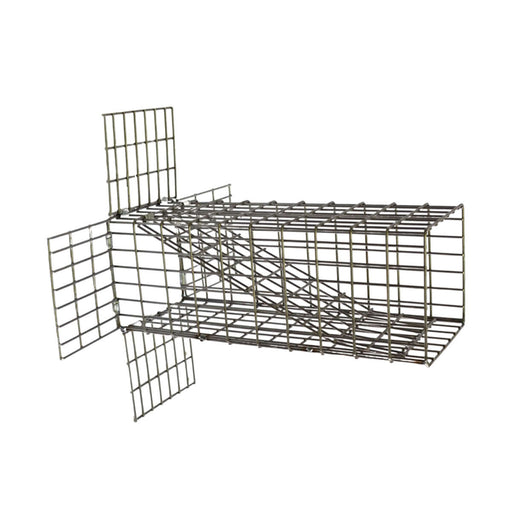
Are Birds Mammals? Here's What You Should Know
Birds and mammals are two captivating and beloved groups of animals on our planet, each calling a variety of creatures to mind. Given this wide range of animals to consider, people often wonder – are birds mammals, or something else completely?
In this article, we'll learn about both birds and mammals, exploring what they have in common as well as what sets them apart. Whether you're a bird enthusiast, a mammal lover, or simply curious about the natural world, there's something to learn here.
Defining Mammals
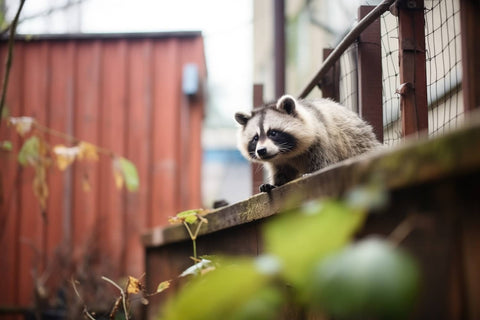
Defining Birds
Key Differences Between Birds and Mammals
Birds lay eggs, which have a hard, protective shell and contain all the nutrients needed for the embryo to develop. Mammals, on the other hand, give birth to live young and nourish them with milk. Birds also have hollow bones to reduce their body weight for flight, while mammal bones are solid.
Evolutionary History

Common Misconceptions
When to Consult the Professionals
- If you have a large infestation of birds or other pests living in your attic, walls, or other structures, removal is best left to the pros. They can safely remove all the birds and prevent them from returning.
- Birds can carry diseases that may pose health risks. If you suspect birds have contaminated your home's interior with droppings, a professional can safely clean and sanitize the area.
- Removing bird nests from high or hard-to-reach areas on a home's exterior, like ledges or eaves, is a job for professionals with the right ladders and safety equipment.
- If birds have damaged your roof, siding, wiring or other building components, consult a professional for repairs to prevent further issues.
Conclusion
Rhino Excluders™ Collection
-
Original price $54.99Original price $54.99 - Original price $54.99Original price $54.99Current price $49.99$49.99 - $49.99Current price $49.99
R108 - Rhino Excluders® Raccoon One Way Door
Rhino Excluders®In stockABS Plastic body | Light weight | 10” x 8” x 1” Are you tired of dealing with persistent raccoon intrusions? Say goodbye to those frustrating encou...
View full detailsOriginal price $54.99Original price $54.99 - Original price $54.99Original price $54.99Current price $49.99$49.99 - $49.99Current price $49.99Save 9% -
Original price $32.99 - Original price $32.99Original price$32.99$32.99 - $32.99Current price $32.99
S33 - Rhino Excluders® One Way Squirrel Door
Rhino Excluders®In stockS33 Rhino Excluders® One Way Squirrel Door (for Squirrels, Chipmunks, Rats & Similar Size Rodents) 14 Gauge | 8” x 3” x 3” Introducing the S33 ...
View full detailsOriginal price $32.99 - Original price $32.99Original price$32.99$32.99 - $32.99Current price $32.99 -
Original price $24.99Original price $24.99 - Original price $24.99Original price $24.99Current price $21.99$21.99 - $21.99Current price $21.99
Rhino Excluders® BIRDCHUTE™ One Way Bird Door for removal of Birds
Rhino Excluders®In stockRhino Excluders® BIRDCHUTE™ One Way Bird Door Polypropylene (PP) Plastic body | 7” x 6.5” x 6.5” Birdchute™ One Way Bird Door is perfect for removi...
View full detailsOriginal price $24.99Original price $24.99 - Original price $24.99Original price $24.99Current price $21.99$21.99 - $21.99Current price $21.99Save 12% -
Original price $64.99Original price $64.99 - Original price $64.99Original price $64.99Current price $54.99$54.99 - $54.99Current price $54.99
Rhino Excluders® PROCHUTE™ One Way Door for removal of Raccoons, Skunks, Groundhogs, Opossums
Rhino Excluders®In stockRhino Excluders® PROCHUTE™ One Way Door Durable 5mm ABS Plastic body | 11” x 9” x 7” Prochute™ Excluder is perfect for removing raccoons, skunks, o...
View full detailsOriginal price $64.99Original price $64.99 - Original price $64.99Original price $64.99Current price $54.99$54.99 - $54.99Current price $54.99Save 15% -
Original price $55.00 - Original price $55.00Original price$55.00$55.00 - $55.00Current price $55.00
S77 - Rhino Excluders® One Way Door for Skunks, Groundhogs, Opossums
Rhino Excluders®In stockONE-WAY DOOR FOR SKUNKS, OPOSSUMS AND GROUNDHOGS 14 Gauge | 12” x 7” x 7” Best method of removing nuisance skunks, groundhogs and similar size anim...
View full detailsOriginal price $55.00 - Original price $55.00Original price$55.00$55.00 - $55.00Current price $55.00 -
Original price $34.99 - Original price $34.99Original price$34.99$34.99 - $34.99Current price $34.99
S35 Rhino Excluders® One Way Door For Squirrels, Chipmunks, Rats & Similar Size Rodents
Rhino Excluders®In stockS35 Rhino Excluders® One Way Door For Squirrels, Chipmunks, Rats & Similar Size Rodents 14 Gauge | 10” x 3.5” x 3.5” Introducing the S35 Rhino ...
View full detailsOriginal price $34.99 - Original price $34.99Original price$34.99$34.99 - $34.99Current price $34.99



